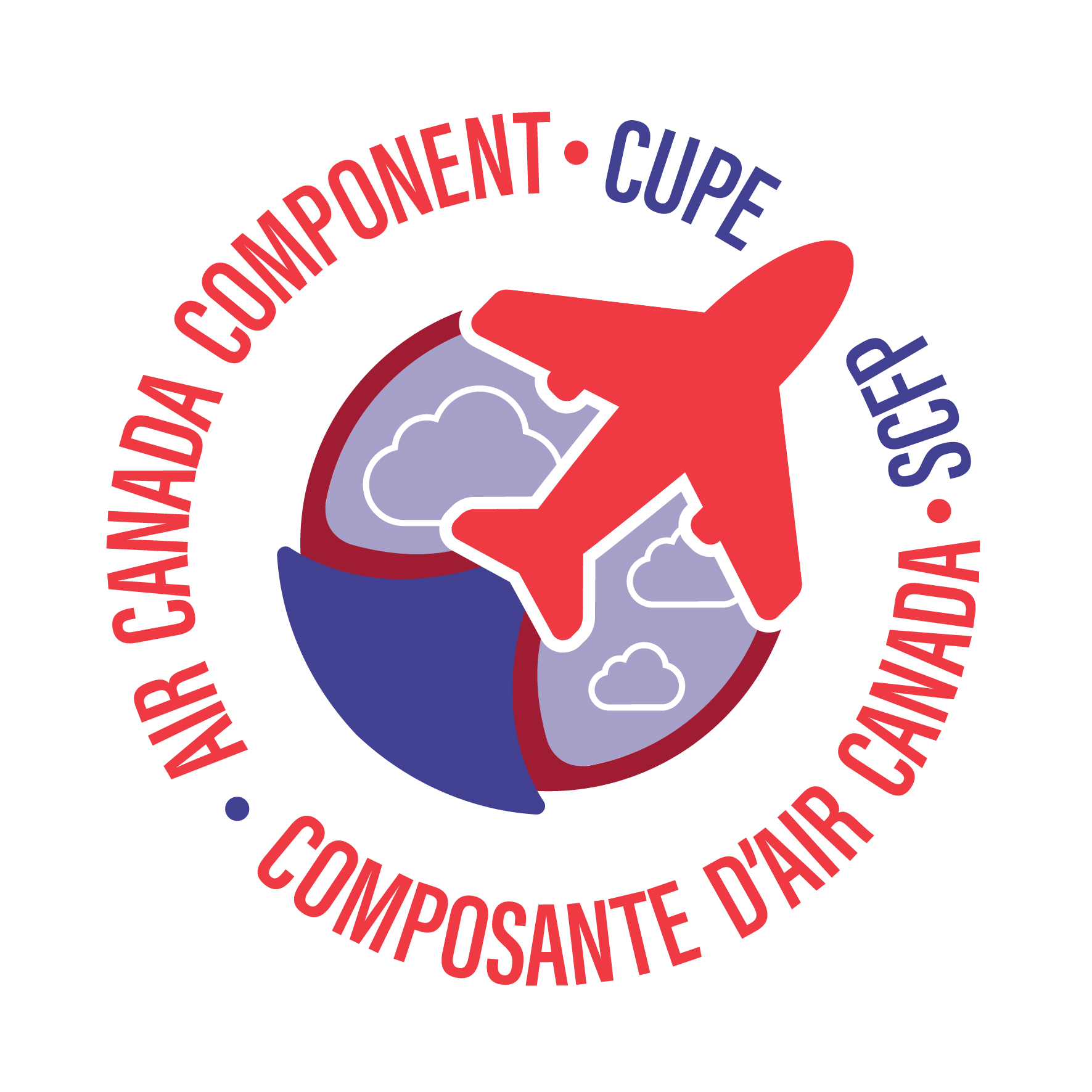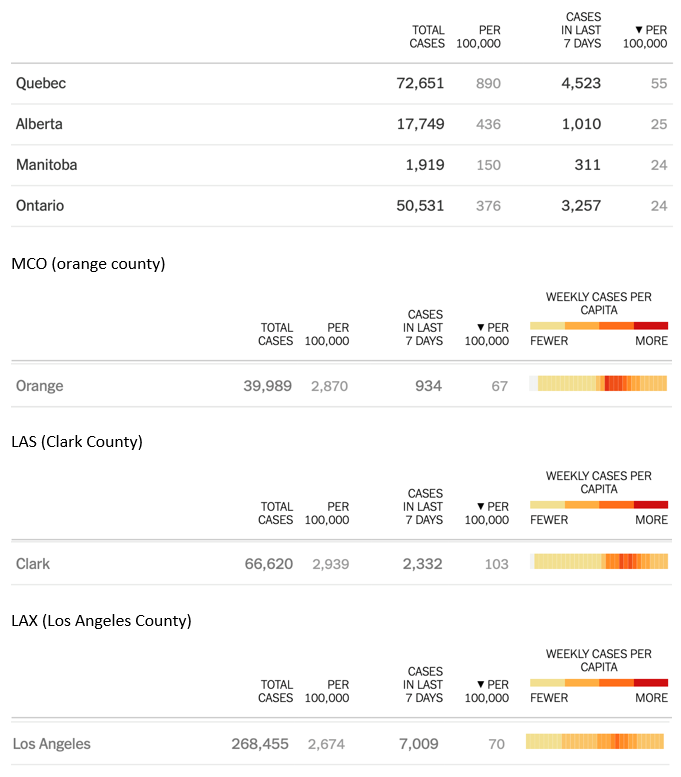Coronavirus Update 27
The Union wishes to update you regarding the following COVID-19 contact tracing issues:
Notification of exposure mid-pairing
Following consultation with the Union, the company revised its contact tracing process effective September 1st, 2020. After implementation, many concerns were raised by our members.
The Union is pleased to inform that the company has agreed to a recommendation from the Montreal Workplace Health and Safety Committee to make the following changes effective immediately to its contact tracing process:
- Members notified of a confirmed case onboard a flight they operated will be returned to home base in the most efficient way possible (they will not have to complete their entire pairing).
- Whenever possible, the affected employee will be provided the option to deadhead. This may not always be possible due to minimum crew requirements.
Notification of a COVID-19 case in the workplace
Following discussions between management and the Union, it is confirmed that in the event that the company is notified of a confirmed COVID-19 case in the workforce, contact tracing will be actioned immediately according to established guidelines from the PHAC.
This involves notifying any employee who may have had contact up to 48 hours prior to the ill individual experiencing symptoms (the pre-symptomatic contagious period), or 48 hours prior to a positive test in the case of someone who is asymptomatic.
Notification Delays
The Union has received your concerns regarding periodic delays in notification between the time a flight is posted to the Canada.ca website, and when our members get called by the company.
Upon detailed review with both the PHAC as well as management from Corporate Safety and In-Flight Service, please note the following:
- As soon as the company is notified of a flight with a confirmed case, they immediately confirm the flight and passenger data for accuracy and action the contact tracing process if it all checks out.
- There are sometimes major discrepancies/issues between information provided by the federal and provincial health authorities leading to necessary follow-up. The Union has reviewed lengthy communication detailing the fact that this can take a fair bit of time for the Company to rectify, as they must work with up to 3 different levels of government.
- Examples of details that would be considered major red flags requiring verification include: reported seat assignment that doesn’t exist on the aircraft type, a name/seat assignment that doesn’t match the manifest, a flight number that doesn’t match the cited destination, a flight number that doesn’t match the direction Ex CDG-YUL vs YUL-CDG etc.
Should members see a flight listed and be concerned that they have not received a call from the company’s contact tracing team, the Union and company now have a process in place to seek clarification. Please contact us directly so that we can assist.
In solidarity,




